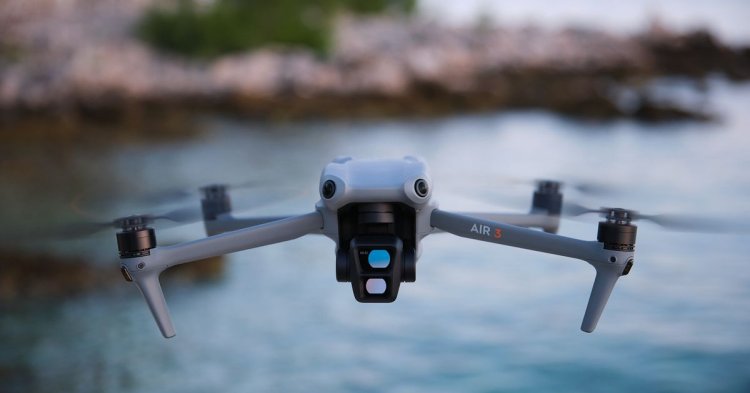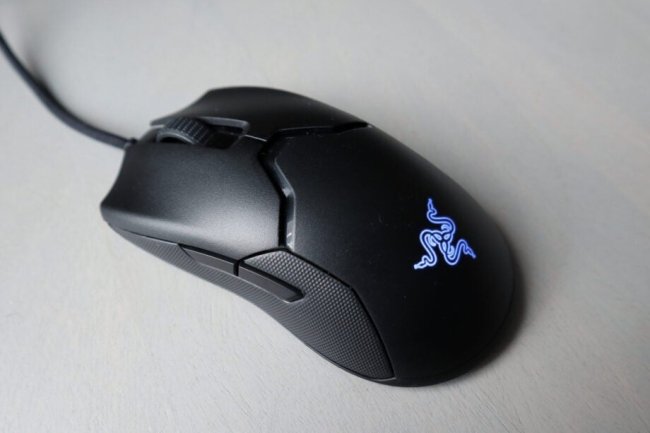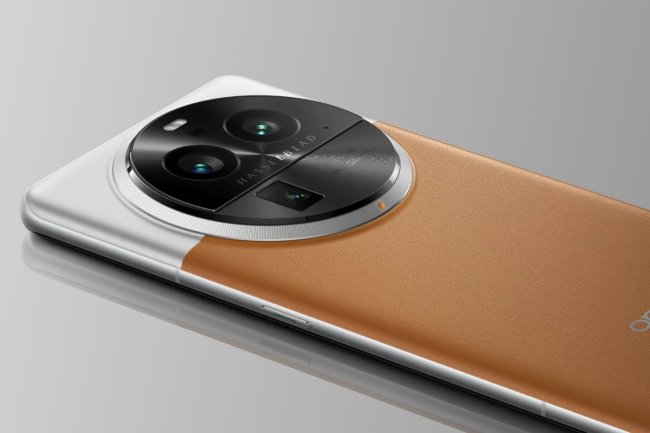Drones are becoming boring
DJI Air 3 comes with two lenses, 46 minutes of flight time, and a familiar look. The drone world’s worst-kept secret is out. And it’s called the Air 3, and yes, all the rumors have been true. The new $1,099 and up drone from DJI has two cameras, 46 minutes of battery life, improved connectivity with Ocusync 4, a brand-new controller, and a brand-new design resembling the recently released Mavic 3 and Mavic 3 Pro. Here’s a question for you: do any of these changes make you super excited? No? Same here. Before you get mad at me for this hot take, let’s set the record straight: the Air 3 is a fantastic drone. It’s a capable flying camera that improves on a few things from its predecessor but makes do with a smaller image sensor than before. Did DJI sacrifice image quality in favor of some versatility? That was my first worry here, and it might be for you, too. But don’t fret — the image quality is still great. Both lenses are capable of capturing beautiful airborne images. With a larger

DJI Air 3 comes with two lenses, 46 minutes of flight time, and a familiar look.
The drone world’s worst-kept secret is out. And it’s called the Air 3, and yes, all the rumors have been true. The new $1,099 and up drone from DJI has two cameras, 46 minutes of battery life, improved connectivity with Ocusync 4, a brand-new controller, and a brand-new design resembling the recently released Mavic 3 and Mavic 3 Pro. Here’s a question for you: do any of these changes make you super excited? No? Same here.
Before you get mad at me for this hot take, let’s set the record straight: the Air 3 is a fantastic drone. It’s a capable flying camera that improves on a few things from its predecessor but makes do with a smaller image sensor than before. Did DJI sacrifice image quality in favor of some versatility?
That was my first worry here, and it might be for you, too. But don’t fret — the image quality is still great. Both lenses are capable of capturing beautiful airborne images. With a larger f/1.7 aperture lens, the main sensor performs better in low light. It’s similar to the camera found in the Mini 3 Pro, which has the same 1/1.3-inch sensor and the same max aperture.
The second 3x telephoto lens has a smaller f/2.8 aperture, and it is the same telephoto lens that you’ll find in the Mavic 3 Pro that came out recently. And at this point, I think it’s becoming clear why this drone is a bit underwhelming. It’s a combination of old ideas we’ve already seen. But don’t get me wrong: I’d rather pay $1,099 than the $2,199 the Mavic 3 Pro demands, whose third lens, a 7x telephoto zoom, didn’t impress me much.
But I do have two minor complaints about the Air 3’s telephoto camera. It’s just not practical. Let me explain.
/cdn.vox-cdn.com/uploads/chorus_asset/file/24805551/vpavic_20230715_Untitled_Job_10461.jpg)
For one, the footage can look a bit flat. There is some but not a lot of separation between the foreground and the background. Don’t expect stunning bokeh here. But the compression in the image alone is worth it, and the parallax effect is great. The usual 24mm drone footage started to get repetitive, so I’m glad we’re getting more variety these days.
Secondly, as someone who desperately wants to extract the best possible image quality from any of my cameras, I aim to film at the lowest ISO possible while maintaining proper shutter speed (double the frame rate). That means that once I switch from the main lens with f/1.7 aperture to the f/2.8 tele lens, I’ll likely have to raise the ISO, which in turn introduces more noise into my clips.
It’s a small complaint, but it does take away from the filming experience. What I’d love to see are some after-market ND filters that can compensate for that aperture difference and make switching between two lenses seamless. Or even better, something we’ve all been wanting for oh so long — built-in ND filters. Or, even even better, variable aperture? It’s time, DJI.
/cdn.vox-cdn.com/uploads/chorus_asset/file/24805559/vpavic_20230715_Untitled_Job_10360.jpg)
The Air 3 can film in 4K 60, and compared to the Air 2S, this drone won’t crop your footage. It takes full advantage of either sensor. In fact, almost every feature works on both lenses (including Active Track, Night Mode, 4K 60, and 4K 100fps), except vertical mode, which is to be expected. And no, this drone won’t flip its camera 90 degrees to let you film in true 4K vertically. Instead, it’s lets you film open gate instead of simply cropping your horizontal footage. A solid compromise, but I really wish it did flip the camera, though.
As for photos, this drone takes 12MP photos, and they look good. You’ll be happy with what you get here, and DJI’s RAW files leave plenty of information to manipulate in the editing process. DJI also lists a 48MP photo mode, but I have not been able to find it in its usual place in the menu. Presumably, it will come later with a firmware update. I have reached out to DJI about this.
And outside of those two lenses, there really isn’t much else to discuss if you’re familiar with DJI’s existing lineup. There’s a new controller, and it’s just as good as the last one. DJI’s OcuSync connectivity system is upgraded, but I haven’t had major connection issues in years. The Air 3 range is rated for 20km (12 miles), but in practice (and legally), you won’t be able to take advantage of that. Battery life is pretty much the same across the whole lineup now, which is to say it’s about 45 minutes, give or take. I haven’t noticed any major issues here, like I did with the batteries during my Mini 3 Pro review.
DJI also replaced its D-Log color profile for a less flat variant called D-Log M. It’s easier to color grade, and it doesn’t require filming at high ISO like the D-Log, but it also has noticeably less dynamic range. I do wish DJI gave us both options. Through a recent software update, DJI quietly replaced D-Log with D-Log M in the Air 2S drone, too. On the company’s forums, a DJI rep said that it was just a “naming convention problem,” but it still got a lot of pilots mad.
Night mode, which was introduced at the end of 2022 for the Mavic 3, found its way to the new Air 3 as well. It lets you increase your ISO up to 12800 from the usual 6400 limit in the normal filming mode. Aside from the filming settings, it seems like there is some in-camera noise reduction applied to the footage as well.
One hardware thing you’ll immediately notice is the drone’s audible noise. It’s rated for 81 dB, which is still loud, but due to the propellers’ larger size, they produce a lower frequency, bassier sound, which isn’t as piercing as before.
And that’s the Air 3. It’s still a very capable drone that does many things right but also just a little bit uninspiring. Between $1,099 (with the new controller) or $1,349 (for the Fly More Combo), it slots in nicely between the Mini and the Mavic 3. But now it’s up to you to decide if you want a sub 250g drone with proper vertical filming like the Mini, the better image quality from the larger sensor in the Mavic 3, or the versatility of the Air 3.
At its core, the Air 3 is just a recycling of old ideas we’ve already seen in other DJI products. There isn’t much new here that would make you incredibly excited to go out and get flying. I’d love to see something new next year. Could we get built-in ND filters? Will 360 cameras make their way here? Or maybe we start with a single backward camera? What about adjustable aperture trickling down from the Mavic 3 series? I’m ready for something new.
Photography by Vjeran Pavic / The Verge
What's Your Reaction?













